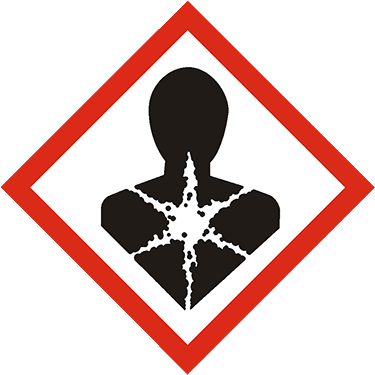Click "Allow Cookies" to consent to storing cookies on your device to improve your experience on our site. Learn more.
Matrix Spike Std
Catalog NumberCat#
DRH-MS-ASL
17034 Classification17034 Class.
Certified Reference Material
Matrix
25 µg/mL in Hexane:Methylene Chloride 95:5
Number of ComponentsComps.
31 See Analytes
Storage ConditionStorage
Refrig (0-5 °C)
Unit
1 mL
Price (USD) Price
$45.00
Product Details
Pack AvailabilityPack
Available in discounted packs!
Analytes
| Analyte | CAS Number | Target Concentration |
|---|---|---|
| Acenaphthene | 83-32-9 | 25 µg/mL |
| Acenaphthylene | 208-96-8 | 25 µg/mL |
| Anthracene | 120-12-7 | 25 µg/mL |
| Benz(a)anthracene | 56-55-3 | 25 µg/mL |
| Benz[a]pyrene | 50-32-8 | 25 µg/mL |
| Benzo(b)fluoranthene | 205-99-2 | 25 µg/mL |
| Benzo(g,h,i)perylene | 191-24-2 | 25 µg/mL |
| Benzo(k)fluoranthene | 207-08-9 | 25 µg/mL |
| Chrysene | 218-01-9 | 25 µg/mL |
| n-Decane | 124-18-5 | 25 µg/mL |
| Dibenz(a,h)anthracene | 53-70-3 | 25 µg/mL |
| n-Docosane | 629-97-0 | 25 µg/mL |
| n-Dodecane | 112-40-3 | 25 µg/mL |
| n-Eicosane | 112-95-8 | 25 µg/mL |
| Fluoranthene | 206-44-0 | 25 µg/mL |
| Fluorene | 86-73-7 | 25 µg/mL |
| n-Hexacosane | 630-01-3 | 25 µg/mL |
| n-Hexadecane | 544-76-3 | 25 µg/mL |
| n-Hexatriacontane | 630-06-8 | 25 µg/mL |
| Indeno(1,2,3-cd)pyrene | 193-39-5 | 25 µg/mL |
| 2-Methylnaphthalene | 91-57-6 | 25 µg/mL |
| Naphthalene | 91-20-3 | 25 µg/mL |
| n-Nonadecane | 629-92-5 | 25 µg/mL |
| n-Nonane | 111-84-2 | 25 µg/mL |
| n-Octacosane | 630-02-4 | 25 µg/mL |
| n-Octadecane | 593-45-3 | 25 µg/mL |
| Phenanthrene | 85-01-8 | 25 µg/mL |
| Pyrene | 129-00-0 | 25 µg/mL |
| n-Tetracosane | 646-31-1 | 25 µg/mL |
| n-Tetradecane | 629-59-4 | 25 µg/mL |
| n-Triacontane | 638-68-6 | 25 µg/mL |



